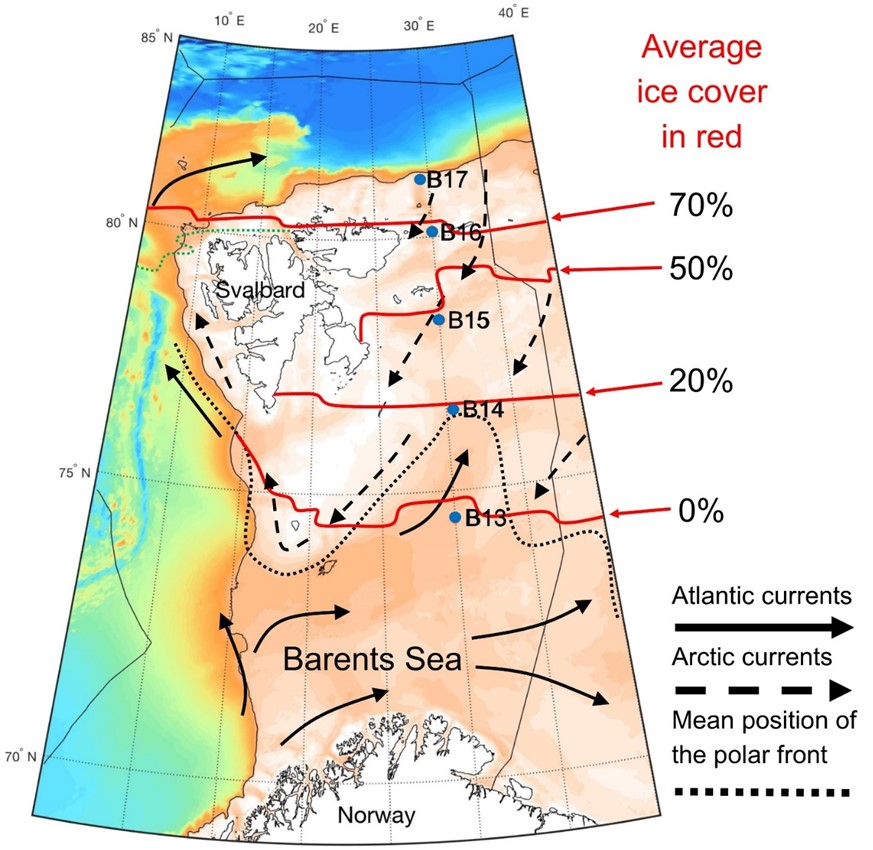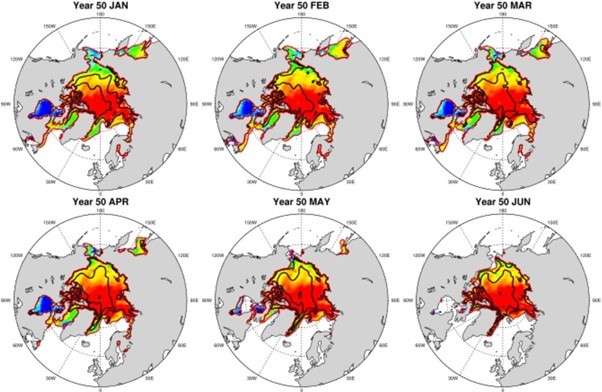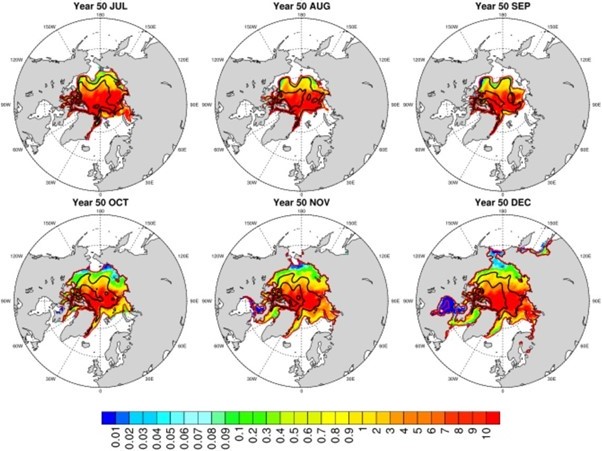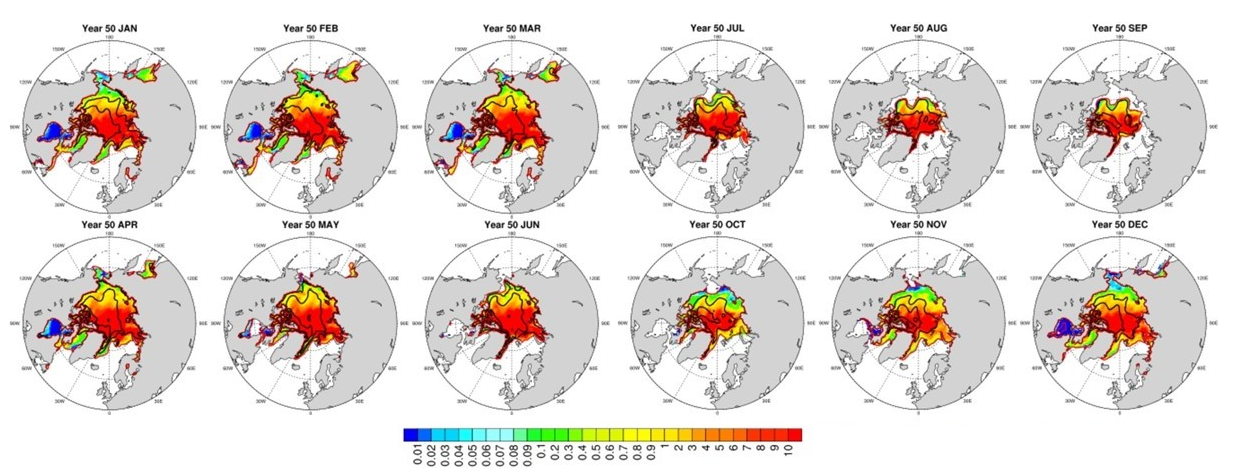Cryosphere
Our research into the dramatic transformations in polar regions in response to climate change.
Our Research
Glaciers and ice sheets currently cover 10% of the Earth’s land surface, and sea ice is a key component of our climate system. Dramatic transformations in the marine (i.e. sea ice melt) and terrestrial (i.e. permafrost thaw and glacial melt) are occurring in sensitive polar regions in response to climate change.
Variations in global sea ice cover constitute the largest seasonal signal on the planet, spanning millions of square kilometres; sea ice affects the surface albedo, air-ocean momentum, heat, moisture and gas exchanges, and the stratification of polar regions, creating a unique and rich ecosystem. Changes in glaciated landscapes driven by ongoing climate warming are critical for a wide range of current issues, including the changing availability of freshwater supplies for some of the world's most populous regions, and wider feedbacks on climate. Understanding the biogeochemical functioning of both marine and terrestrial environments will help us to clarify how climate change is altering biogeochemical dynamics (i.e. carbon burial and nutrient recycling), and better equip us for environmental and social mitigative action.
Current Researchers
Dr Geoff Abbott is currently working on a combination of detailed laboratory analyses of organic geochemical processes with field studies of the carbon cycle in ancient and modern environments (specifically Arctic marine sediments, northern peatlands and soils).
Dr Miguel Morales-Maqueda explores sea ice physics and sea ice modelling. Miguel is the author of the sea ice model that has been used until recently as the standard component of the Nucleus for a European Model of the Ocean (NEMO) framework and is currently working on the incorporation of microplastics in sea ice.
Dr Jon Telling investigates the cycling and export of nutrients from glaciers and ice sheets, and the emission of greenhouse gases from proglacial zones adjacent to the Greenland ice sheet into the atmosphere.
Example Projects
- NERC standard grant: The Changing Arctic Ocean Seafloor (ChAOS) (2017-2022) - how changing sea ice conditions impact biological communities, biogeochemical processes and ecosystems.
- NERC standard grant ’CRUSH2LIFE’ (2018-2022) investigating role of subglacial processes in generating nutrients for downstream ecosystems.
- European Space Agency funding to calculate the 3D dispersion of microplastics in the Arctic: CLEAN-Arctic (2022-2023

Location of Barents Sea shelf stations B13–B17 sampled in July 2017 within the Norwegian sector (Stevenson & Abbott, 2019; Base map adapted with permission from Hopkins J. The Changing Arctic Ocean Cruise JR16006, RRS James Clark Ross Cruise Report No. 51 (30 June–8 August 2017). Fieldwork assessing greenhouse gas fluxes from proglacial zones southwest Greenland, 2021 (Photo: Jon Telling)


